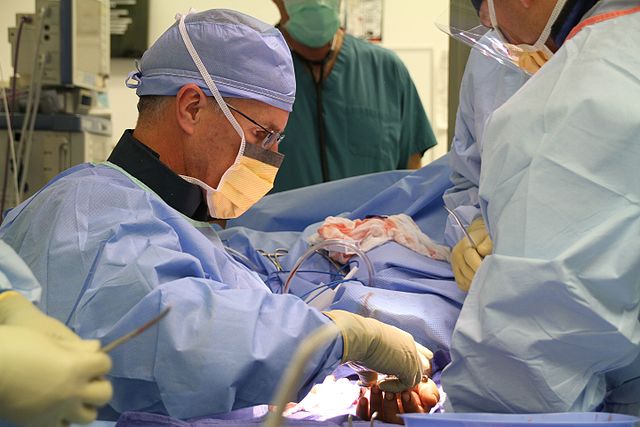
When someone tells you they need to see an orthopedist, it means they are having problems with their muscle or joint. These body parts can have many types of problems that lead to limited function and mobility and severe chronic pain. Combined they produce inhibited function and a reduced quality of life. In extreme case they can also be life threatening. Many orthopedic issue can be treated with outpatient therapies. The most serious orthopedic problems however will require an orthopedic surgeon like James P DeVellis to get involved.
Although some orthopedic issues happen due to accidents that are unavoidable, many others occur because of habits we have or issues that can be avoided. Here is a short list of things you can do to minimize your chances of having orthopedic issues:
Have a Balanced Diet
Eating right is a great way to ensure that your body has the nutrients it needs to build and maintain strong bones, muscles and tendons. If you have vitamin or mineral deficiency from a poor diet, your chances of having orthopedic problems increases dramatically. So you should follow a diet rich in proteins, carbohydrates and good fats, to ensure you have all of the nutrients you need.
Get Regular Check-ups
Unfortunately most of us do not get regular check-ups and only visit the doctor after we think too much time has passed since our last visit or we have a pain or congestion or some other ailment that won’t go away. As a result we do not catch the earlier stages of a problem. Part of the reason this is so common is the overly expensive costs of healthcare and the fear of finding out you have a condition that will bankrupt you. But the flip side is that when you the doctor’s office like an emergency room, you only end up paying high prices for your medical care.
Everyone should have an annual check-up and receive the tests that are commensurate with your age. At that check-up you should tell your doctor of any pains you have big or small and if they have lasted and unusually long period of time. Remember, chronic conditions usually start out as intermediate conditions that get worse over time. Catching something early can correct it and save you pain and money.
Low Impact Exercise
Regular exercise is one of the most important things you can do to maintain good health and we all need regular exercise as part of our regular good health routine. But not all exercise is equal when it comes to orthopedic health.
Exercises that place less strain on our muscles, tendons and bones is a much better choice for out keeping them healthy. This means that exercises like bike riding, walking water aerobics, treadmill, swimming and other exercises that do not place much strain on the muscles and tendons and constant impact on the bones are the ones you should do consistently. To be clear, the exercise should be strenuous enough to get your muscles working and your heart rate up, but it should not have all of the pounding that you get from some exercises like tennis or basketball. These exercises over time will cause problems for your joints and may lead you to need to see an orthopedist.
Combat Joint Pain with Effective Medication
Arthritis is one of the most frequently diagnosed conditions in the United States. While surgery is often a last resort, the pains are often remedied with the recommendations on this page as well as medication. More recently, medical marijuana has been approved by many states as a drug for arthritis and other pain-related qualifying medical conditions where inflammation is involved. This is providing for an effective anti-inflammatory medication without the side effects or addictive qualities of other common arthritis drugs such as opioids.